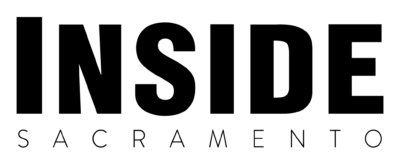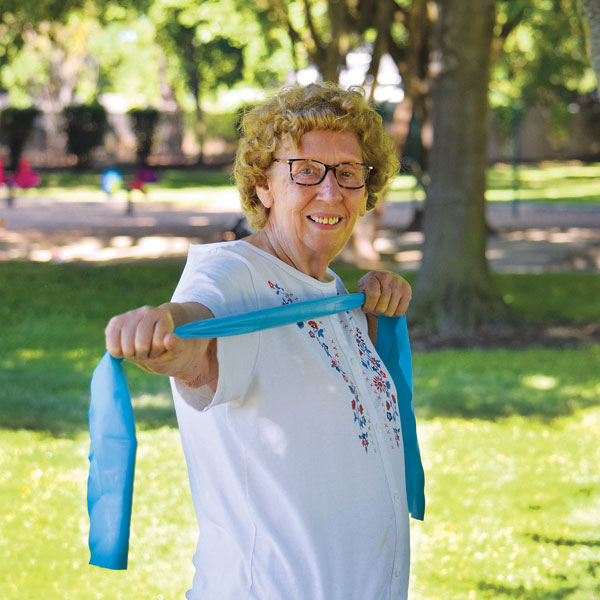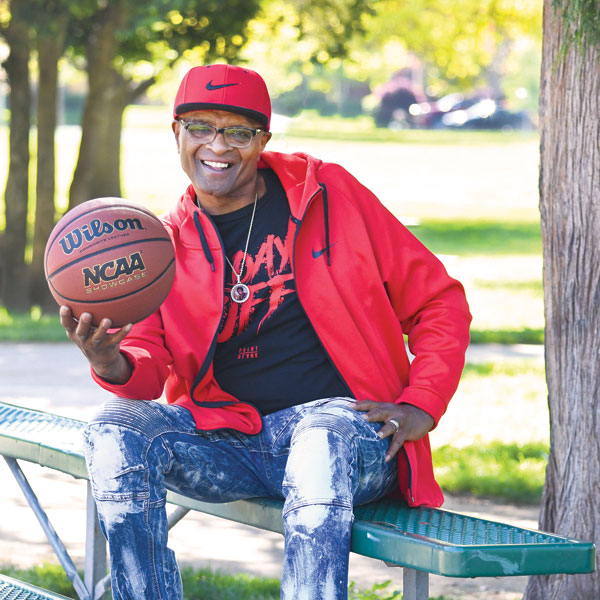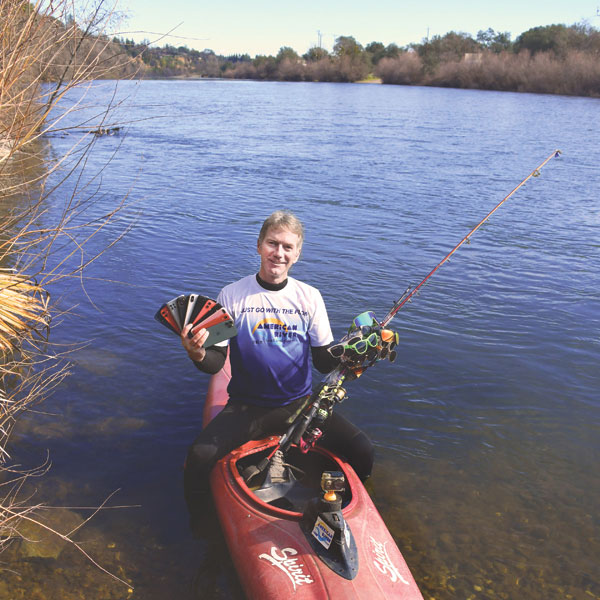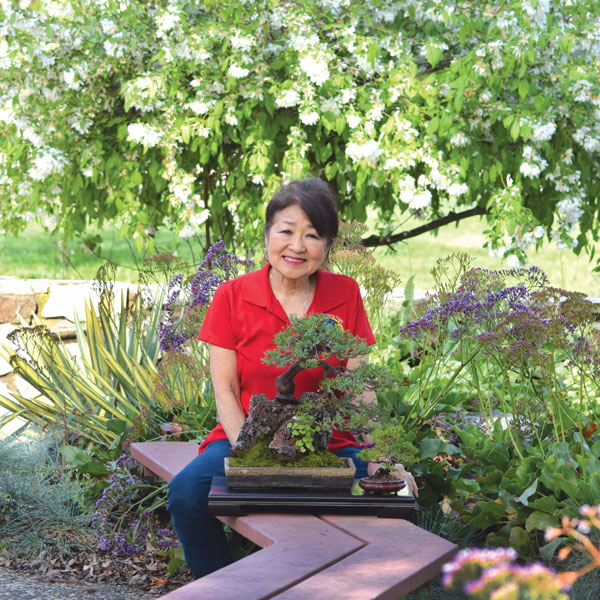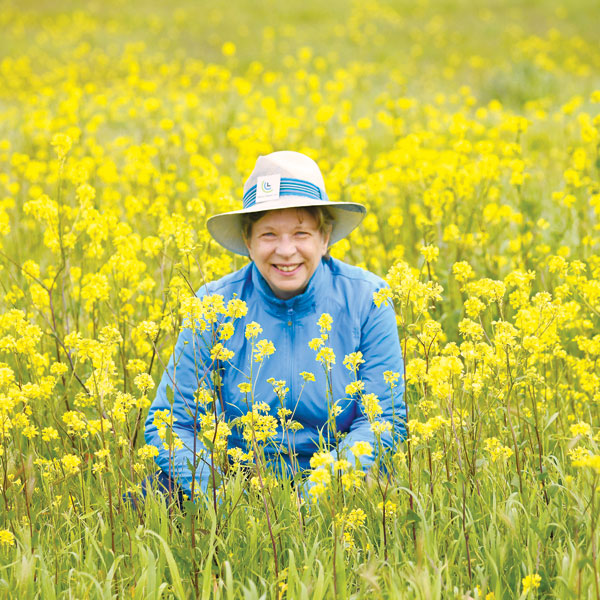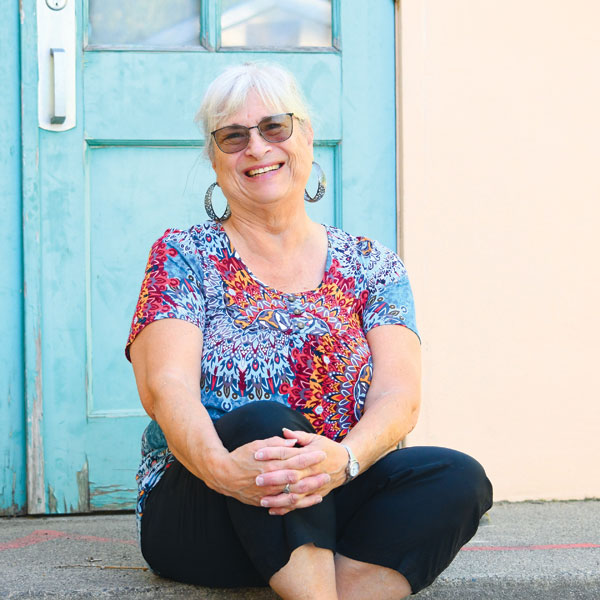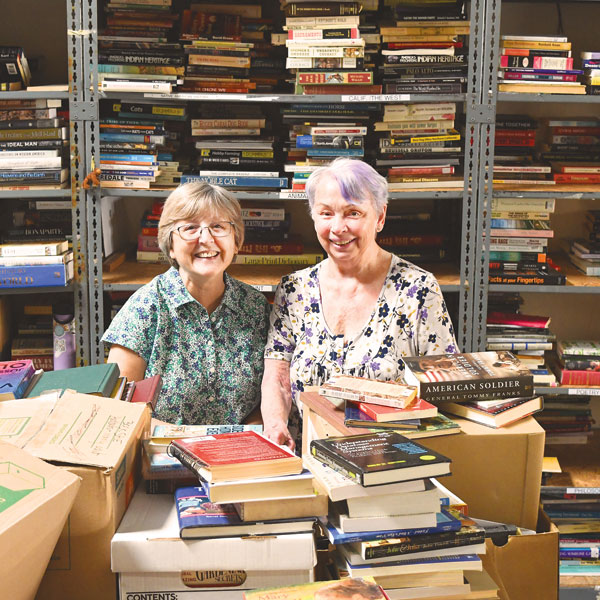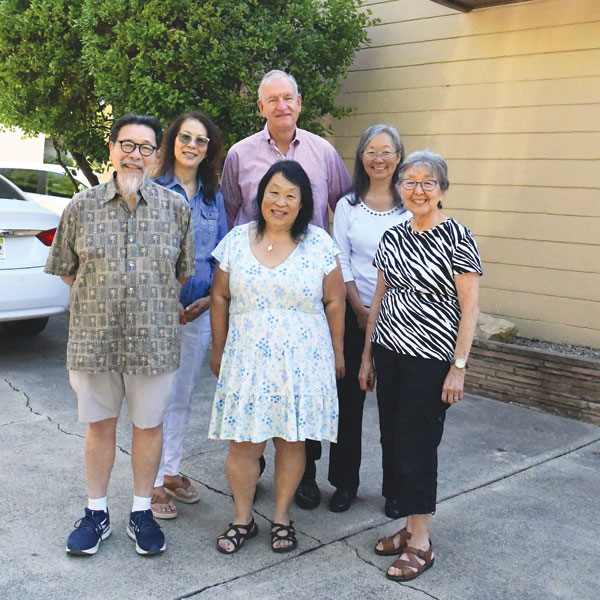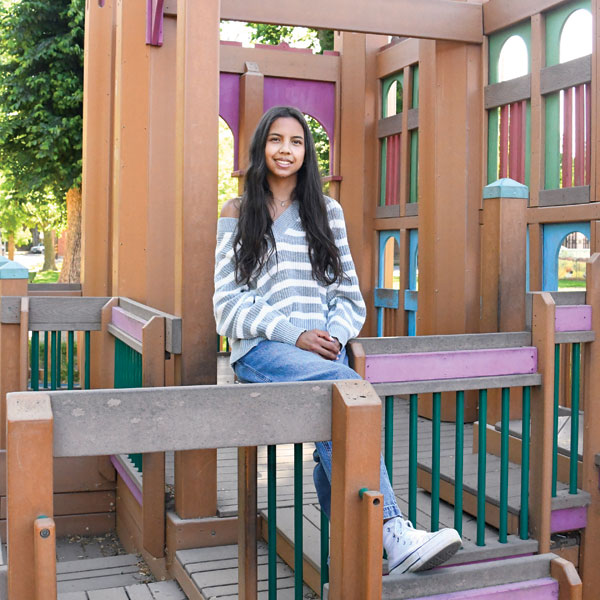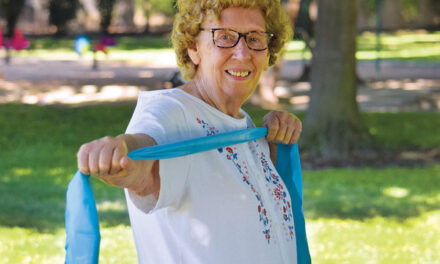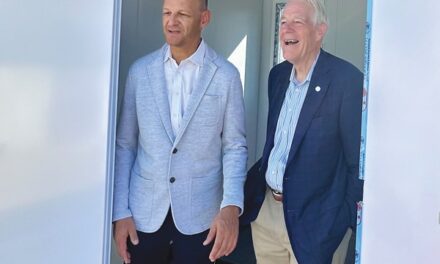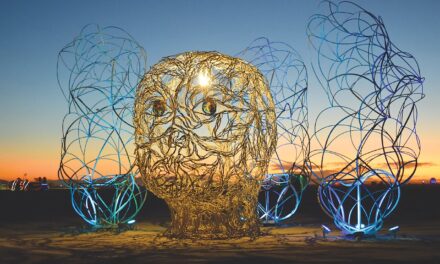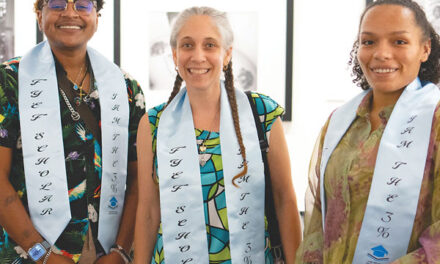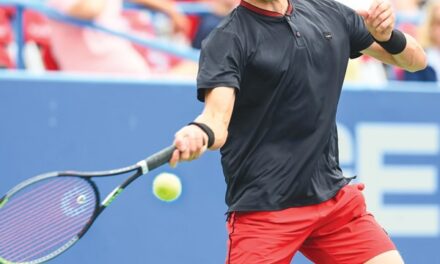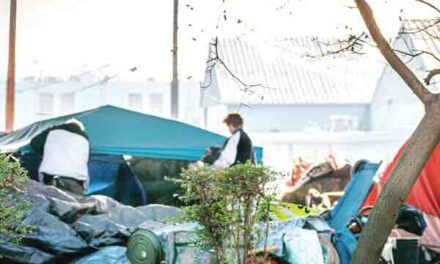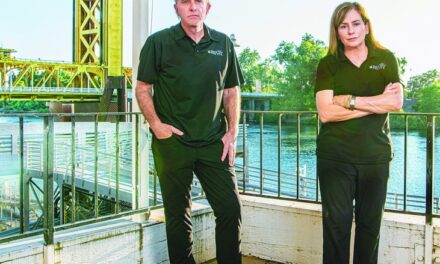Helping Others (and Ourselves)
Lend a hand, strengthen your neighborhood and mind
By Cecily Hastings
November 2025
Look close at any neighborhood and you’ll see it. A neighbor delivers a meal to a friend recovering from surgery. A teenager rakes leaves for an elderly couple. Volunteers stack crates at the food bank or help with park cleanups.
We know these acts strengthen our community fabric. What’s new—and encouraging—is evidence that they strengthen our minds too.
A recent study by the University of Texas and University of Massachusetts in the journal Social Science & Medicine finds frequent helping—whether through volunteering or support to neighbors, friends or family—slows cognitive decline by as much as 20%.
Think about that. The same actions that keep neighborhoods connected may help keep dementia and memory loss at bay.
Researchers looked at more than 30,000 adults over two decades. They found giving two to four hours a week to help others boosts brain health.
The message is clear. Giving back is good for the recipient. And it’s medicine for the giver.
Study author Sae Hwang Han emphasizes the benefits aren’t fleeting. “What stood out to me was that the cognitive benefits of helping others weren’t just short-term boosts but cumulative over time with sustained engagement,” he says.
The brain builds resilience from repeated acts of giving. A few hours a week, every week, may be as protective as exercise or diet. And unlike jogging or eating raw kale, helping others brings a dose of joy.
Informal helping—unheralded acts that don’t come with recognition or awards—provide just as much benefit as scheduled volunteering. When you check in on a neighbor or deliver groceries to someone, your brain gets the same boost as volunteering at the library.
The study highlights what happens when people stop helping. Withdrawing from volunteering or community support is associated with worse cognitive function. For older adults, engagement is crucial.
We see this every day in Sacramento. Retired professionals tutor at schools. Faith groups organize meal deliveries. Neighbors coordinate rides to medical appointments. These acts keep older residents woven into daily life. They transform “aging in place” into “aging in connection.”
What would it look like if we treated helping others as a health strategy? Imagine block captains not just for safety but for kindness. Imagine neighborhood newsletters promoting “helping hours” alongside local events. Imagine civic leaders investing in volunteer centers.
Research suggests these steps can reduce health care costs by delaying or softening cognitive decline. Beyond numbers, they cultivate neighborhoods where people feel known, valued and supported.
Another recent study led by Han found volunteering buffers negative effects of stress on inflammation—a biological pathway tied to dementia. Helping others keeps the brain sharp and helps us handle life’s wear and tear.
The findings couldn’t be timelier. Connection is a public health tool.
Here’s an invitation: carve out a few hours each week to lend a hand. Not just during the holidays or moments of crisis, but year after year.
Local neighborhoods and organizations have lots of opportunities. With food providers, schools, libraries, public gardens, parks and neighborhood associations, there’s always a need.
Start small. Check on a neighbor. Offer a ride. Share your garden’s bounty. Be a friend to someone who needs one.
I’ve volunteered and led volunteer efforts for decades. My late husband dedicated most of his retirement to volunteer work. He was the happiest person I ever knew.
Both of us contributed in ways that suited our skills and left us feeling gratified for making meaningful contributions.
My two best friends are lifelong volunteers. Jane Einhorn has served on more boards and raised more awareness about community issues than I can count. Lisa Schmidt ran the East Sac Chamber of Commerce as a volunteer director for a decade. She took on management of the Clunie Community Center and McKinley Rose Garden for another 10 years with our nonprofit Friends of East Sacramento.
Twenty-five years ago, Inside began publishing monthly volunteer profiles to help encourage others to find rewards in giving back to the community. We started with Bill and Mary Kuyper, role models for volunteering.
Back then, Bill and Mary both had jobs. Retired, they give even more. Every month, our profiles show new ways to volunteer.
Turns out helping others is one of the most powerful ways to help ourselves.
Cecily Hastings can be reached at publisher@insidepublications.com. Follow us on Facebook and Instagram: @insidesacramento.
